Doe/netl-2012/1540 Mobility And Conformance Control For Carbon Dioxide Enhanced Oil Recovery (Co2-Eor) Via Thickeners, Foams, And Gels - U.s. Department Of Energy Page 107
ADVERTISEMENT
 1
1  2
2  3
3  4
4  5
5  6
6  7
7  8
8  9
9  10
10  11
11  12
12  13
13  14
14  15
15  16
16  17
17  18
18  19
19  20
20  21
21  22
22  23
23  24
24  25
25  26
26  27
27  28
28  29
29  30
30  31
31  32
32  33
33  34
34  35
35  36
36  37
37  38
38  39
39  40
40  41
41  42
42  43
43  44
44  45
45  46
46  47
47  48
48  49
49  50
50  51
51  52
52  53
53  54
54  55
55  56
56  57
57  58
58  59
59  60
60  61
61  62
62  63
63  64
64  65
65  66
66  67
67  68
68  69
69  70
70  71
71  72
72  73
73  74
74  75
75  76
76  77
77  78
78  79
79  80
80  81
81  82
82  83
83  84
84  85
85  86
86  87
87  88
88  89
89  90
90  91
91  92
92  93
93  94
94  95
95  96
96  97
97  98
98  99
99  100
100  101
101  102
102  103
103  104
104  105
105  106
106  107
107  108
108  109
109  110
110  111
111  112
112  113
113  114
114  115
115  116
116  117
117  118
118  119
119  120
120  121
121  122
122  123
123  124
124  125
125  126
126  127
127  128
128  129
129  130
130  131
131  132
132  133
133  134
134  135
135  136
136  137
137  138
138  139
139  140
140  141
141  142
142  143
143  144
144  145
145  146
146  147
147  148
148  149
149  150
150  151
151  152
152  153
153  154
154  155
155 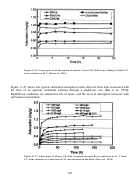 156
156 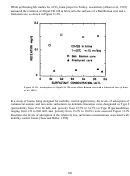 157
157 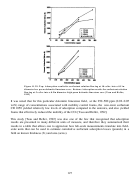 158
158  159
159  160
160 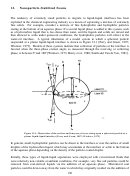 161
161 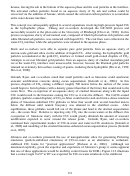 162
162  163
163 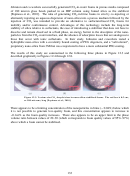 164
164 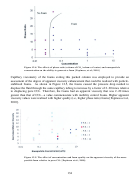 165
165 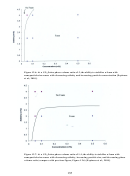 166
166 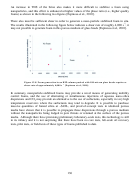 167
167  168
168  169
169 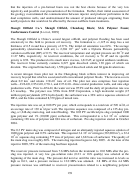 170
170  171
171 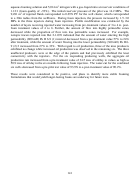 172
172 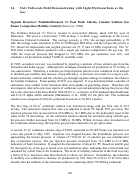 173
173  174
174 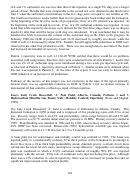 175
175 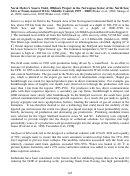 176
176 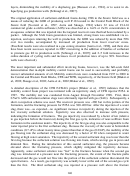 177
177 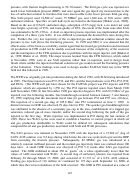 178
178  179
179 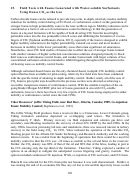 180
180  181
181 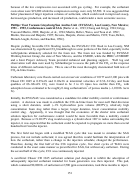 182
182 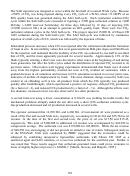 183
183  184
184 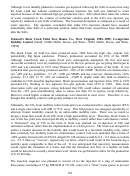 185
185 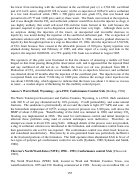 186
186  187
187  188
188 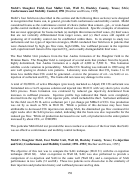 189
189 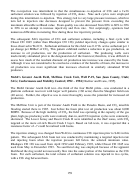 190
190  191
191 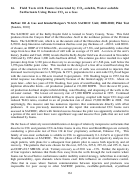 192
192 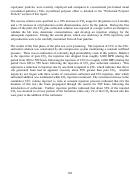 193
193  194
194  195
195  196
196  197
197  198
198 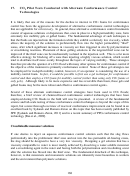 199
199 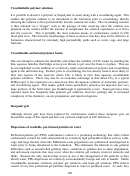 200
200  201
201 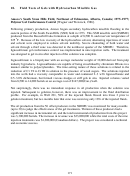 202
202 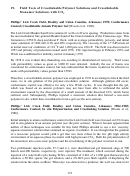 203
203  204
204 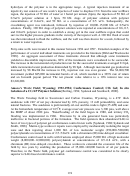 205
205 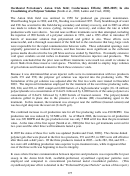 206
206 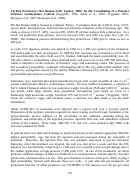 207
207 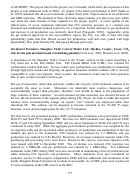 208
208  209
209 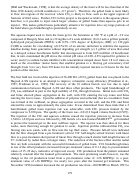 210
210 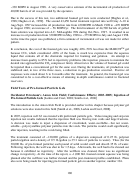 211
211 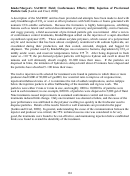 212
212 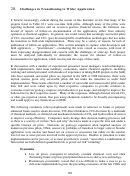 213
213 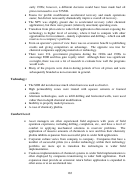 214
214 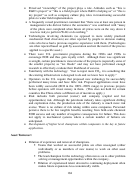 215
215  216
216 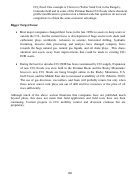 217
217 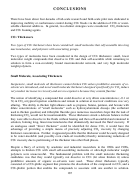 218
218  219
219 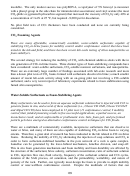 220
220 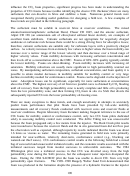 221
221  222
222 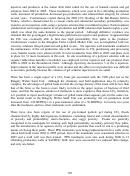 223
223 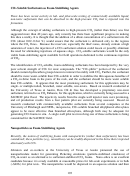 224
224 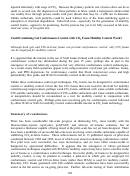 225
225  226
226 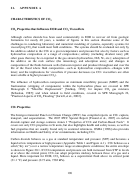 227
227  228
228 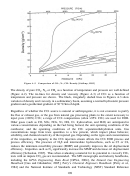 229
229 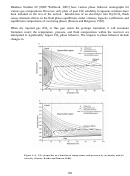 230
230  231
231 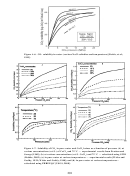 232
232 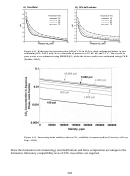 233
233  234
234 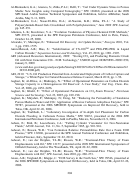 235
235  236
236  237
237  238
238  239
239  240
240 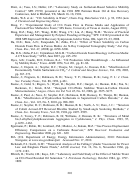 241
241 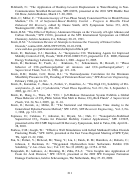 242
242 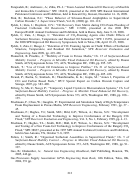 243
243 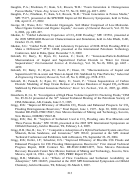 244
244  245
245  246
246  247
247  248
248  249
249 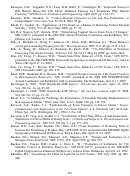 250
250 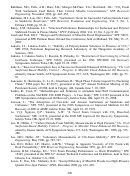 251
251  252
252  253
253 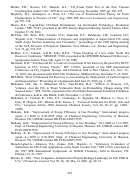 254
254 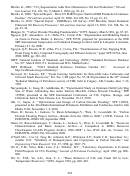 255
255 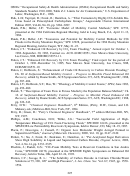 256
256  257
257 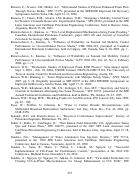 258
258 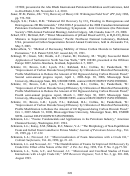 259
259 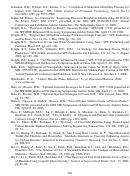 260
260 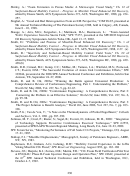 261
261 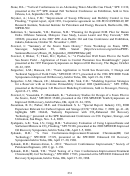 262
262 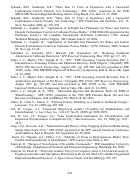 263
263 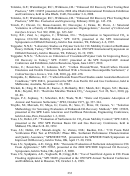 264
264 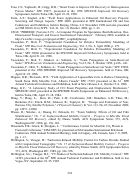 265
265 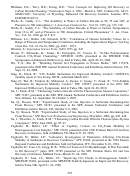 266
266  267
267 10.
Common Lab Tests for Assessing Surfactants and Foams
There are numerous common laboratory tests required for the design of CO
floods that do not
2
employ surfactants [Orr, et al., 1982].
Therefore, researchers have employed numerous
screening tests to reduce the additional amount of tedious, high-pressure tests required to assess
the viability of a foam-enhanced CO
flood. This is complicated by the preponderance of
2
commercially available, water-soluble surfactants. This section contains an overview of the
relatively simple, quick, inexpensive screening tests used to identify the more promising
surfactants to be assessed in more difficult, time-consuming, expensive experiments conducted
with consolidated porous media. Surfactants that yield excellent results in these simplistic low-
pressure tests commonly yield promising results in the high pressure reservoir core flooding tests
that employ reservoir fluids and high-pressure CO
[Borchardt et al., 1988]. Nonetheless,
2
screening should ultimately be conducted with high-pressure systems involving CO
rather than
2
air.
Low Pressure Screening Tests
There are many simple screening tests that employ studies of air or nitrogen rather than high-
pressure CO
as the gas phase, and water, synthetic brine or formation brine as the aqueous
2
phase. Because a small amount of the CO
that is dissolved in the aqueous phase dissociates and
2
forms carbonic acid, thereby lowering the pH to ~2.8–3.6 [Schaef and McGrail, 2003], it is not
uncommon in low pressure screening tests to simulate the presence of carbonic acid at reservoir
conditions in water via the addition of an acid.
The solubility of the surfactant in brine is important to the success of a CO
-in-brine foam
2
because the surfactant is typically dissolved in brine when it is introduced to the formation.
Even in the case where the surfactant is dissolved in the CO
rather than brine, one should
2
determine if the surfactant is water-soluble, because surfactant should partition into the in situ
brine in order to stabilize the lamellae. The surfactant solubility in brine should therefore be
assessed at both surface and reservoir conditions.
One can measure the surface tension of aqueous surfactant solutions as a function of surfactant
concentration in an attempt to determine the CMC and to assess which surfactant most
effectively reduces the surface tension of the aqueous phase [Casteel and Djabbarah, 1988], as
shown in Figure 10.1.
76
ADVERTISEMENT
0 votes
Related Articles
Related forms
Related Categories
Parent category: Legal









